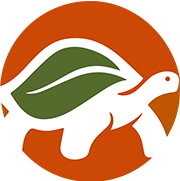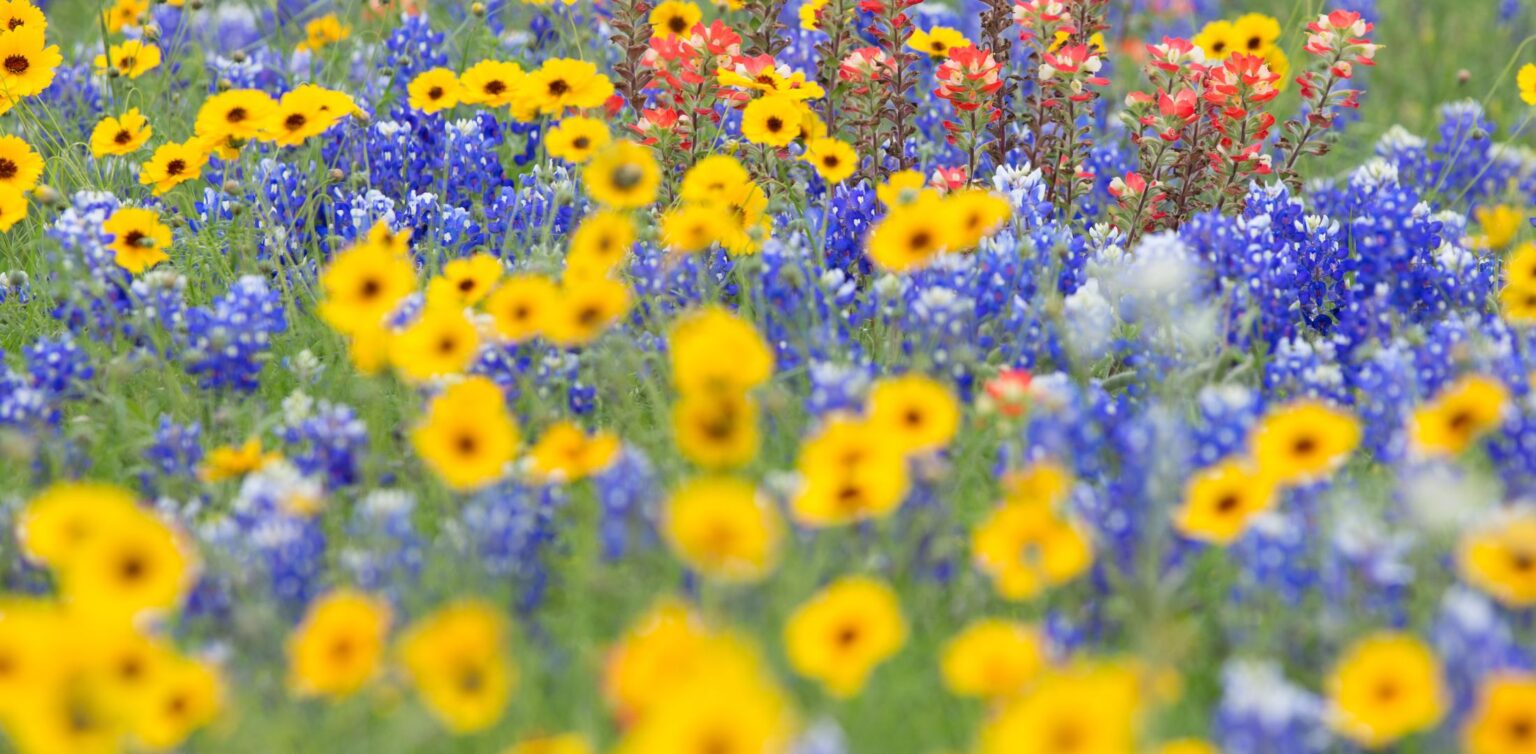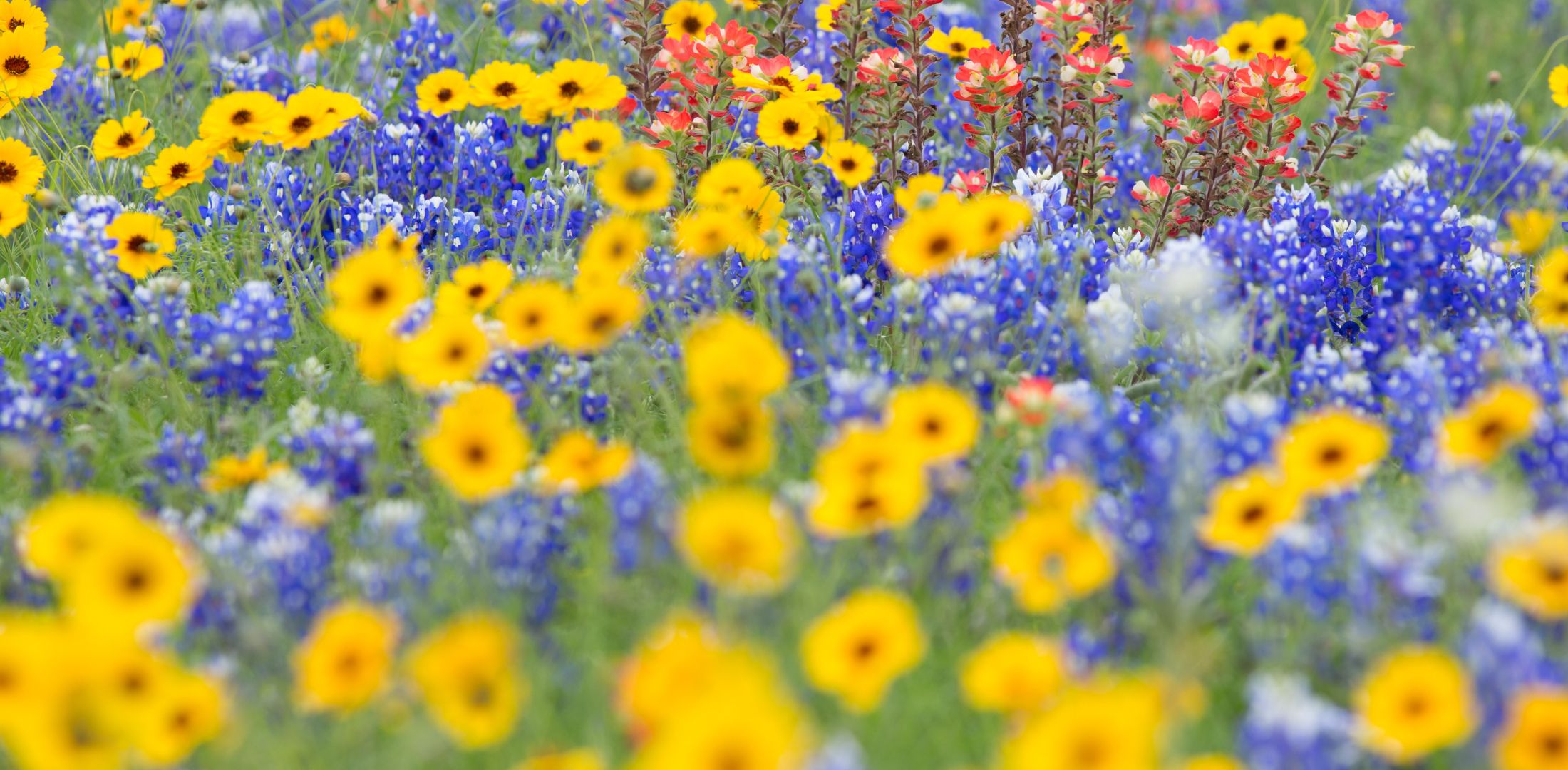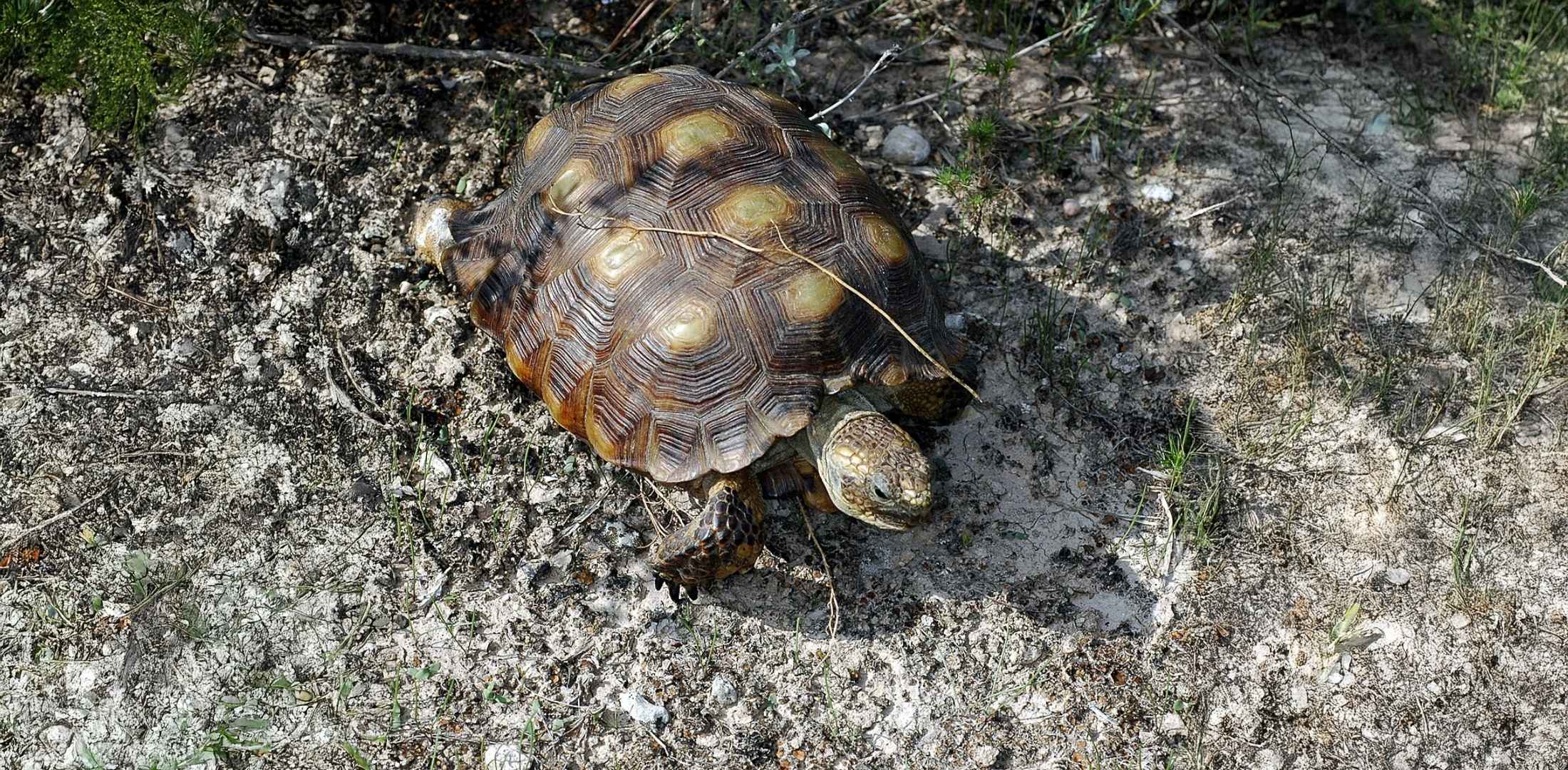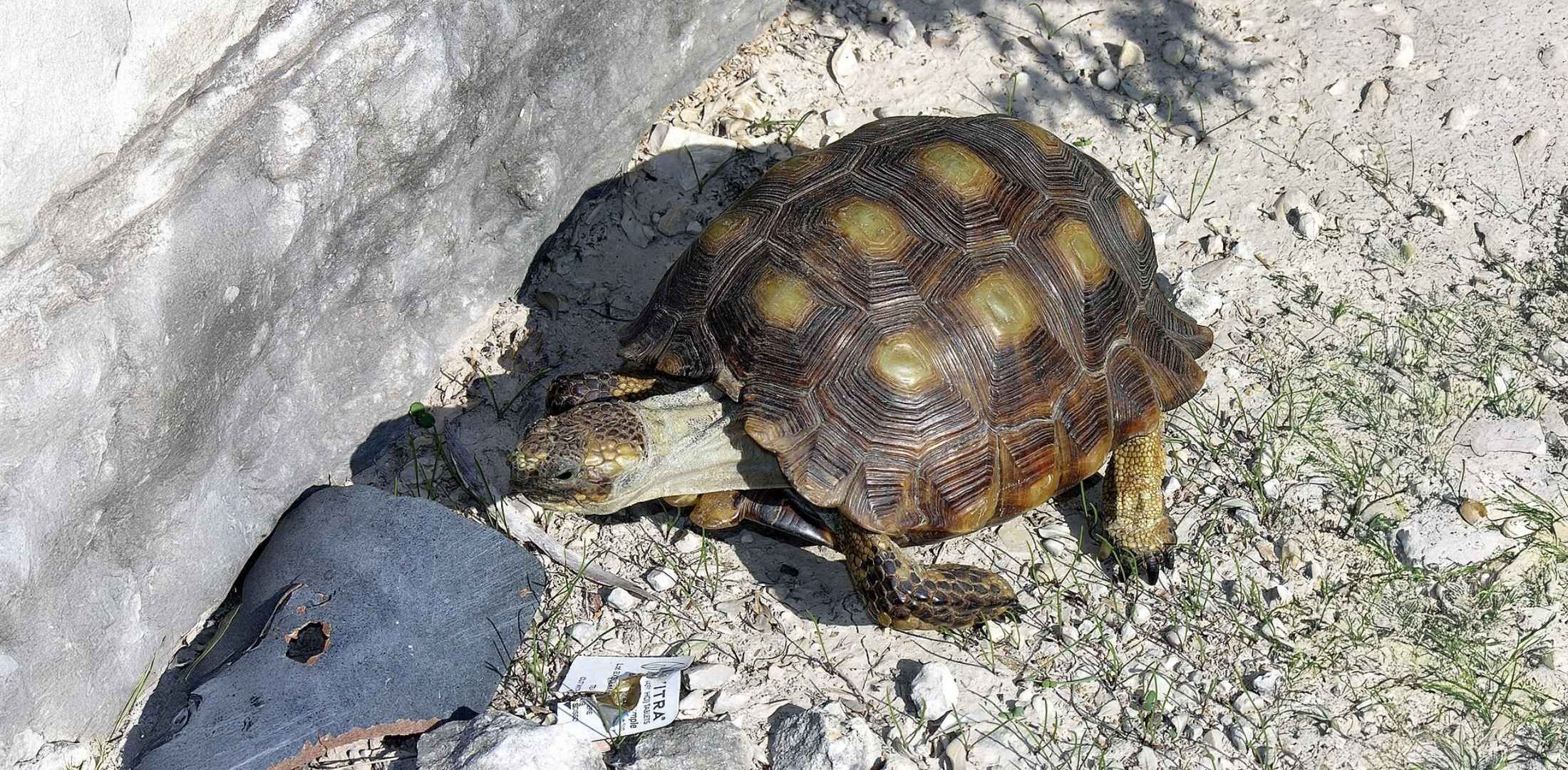A Tortoise-Friendly Garden not only provides a safe and suitable habitat for the Texas tortoise (Gopherus berlandieri) but also contributes to the conservation efforts in the Rio Grande Valley. In this post, we will explore how you can create a garden that supports the needs of Texas tortoises while enhancing the biodiversity of your local environment.
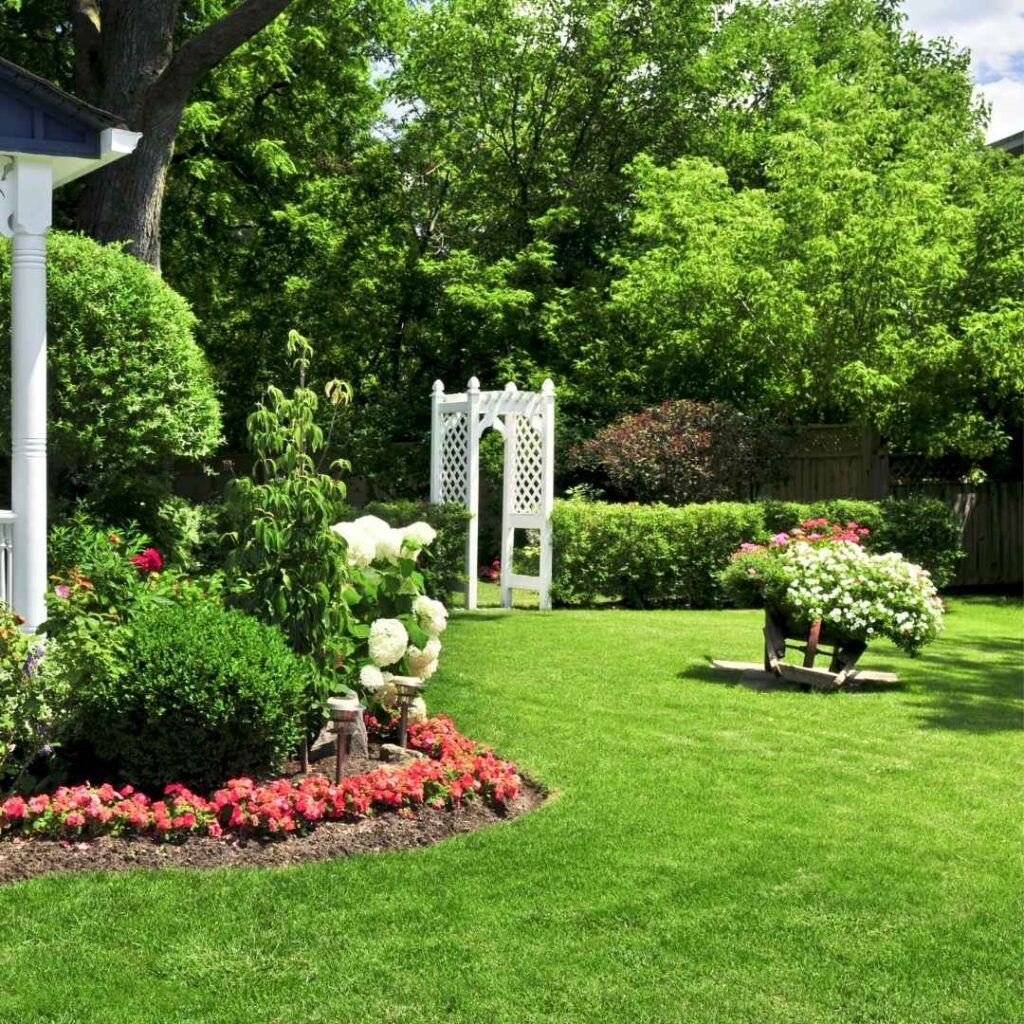
Why Create a Tortoise-Friendly Garden?
Creating a tortoise-friendly garden helps in several ways:
- Conservation: By providing a safe habitat, you contribute to the conservation of Texas tortoises, a threatened species.
- Biodiversity: Your garden becomes a haven for various plants and animals, promoting biodiversity.
- Education: It serves as an educational tool to teach others about the importance of habitat conservation.
Steps to Create a Tortoise-Friendly Garden
1. Choose Native Plants
Native plants are well-suited to the local climate and soil conditions, making them ideal for your garden. They provide food and shelter for Texas tortoises and other wildlife. Some native plants to consider include:
- Prickly Pear (Opuntia spp.): Provides food and shelter. Easily found in garden centers in Texas.
- Texas Sage (Leucophyllum frutescens): Offers cover and shade. Available at local nurseries.
- Yucca (Yucca spp.): Adds structural diversity and food sources. Can be purchased at most plant stores.
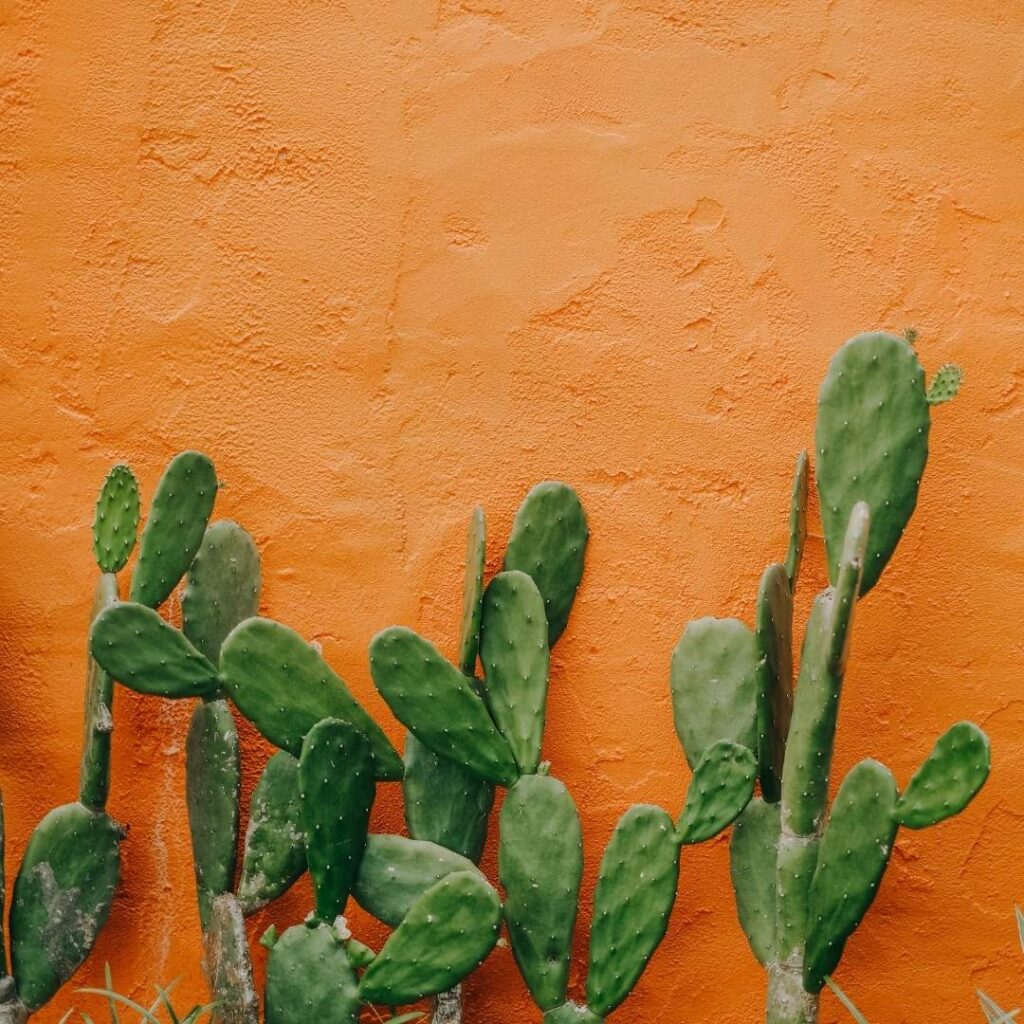
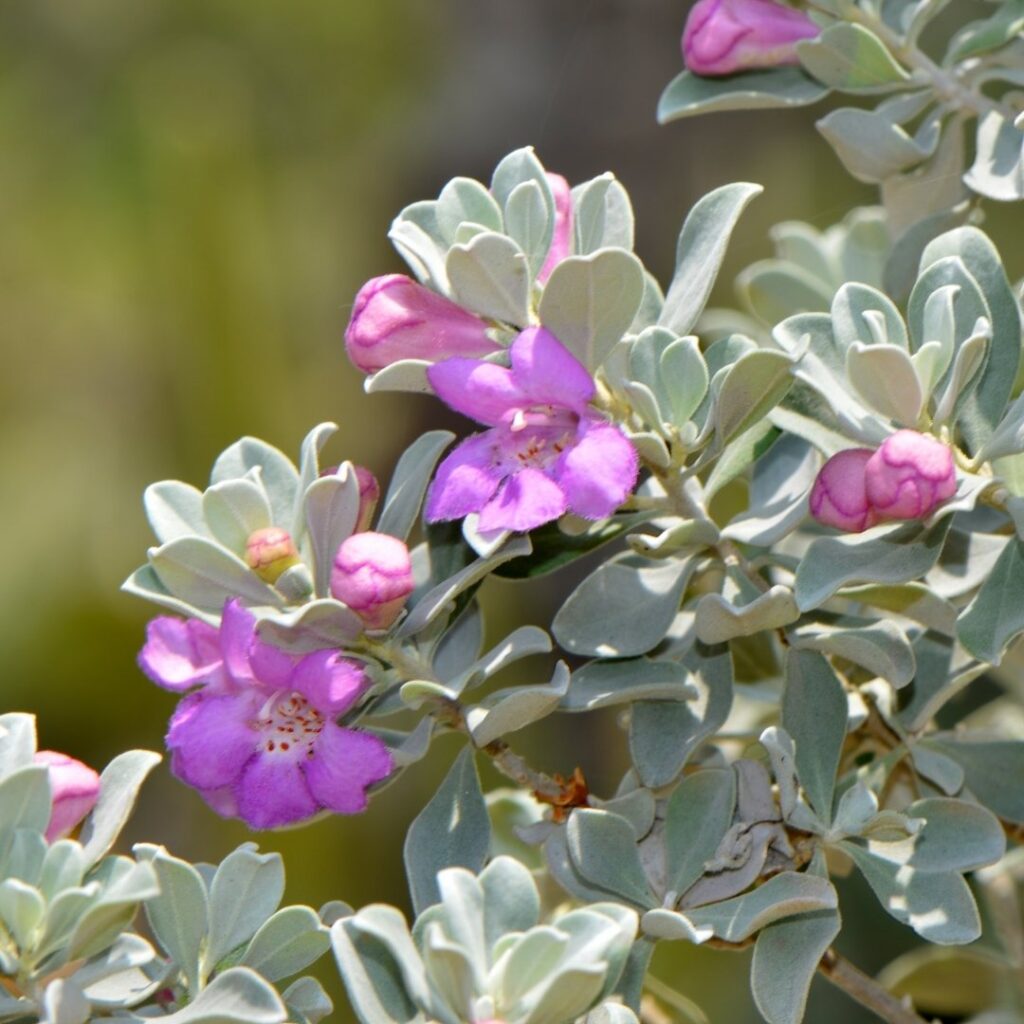
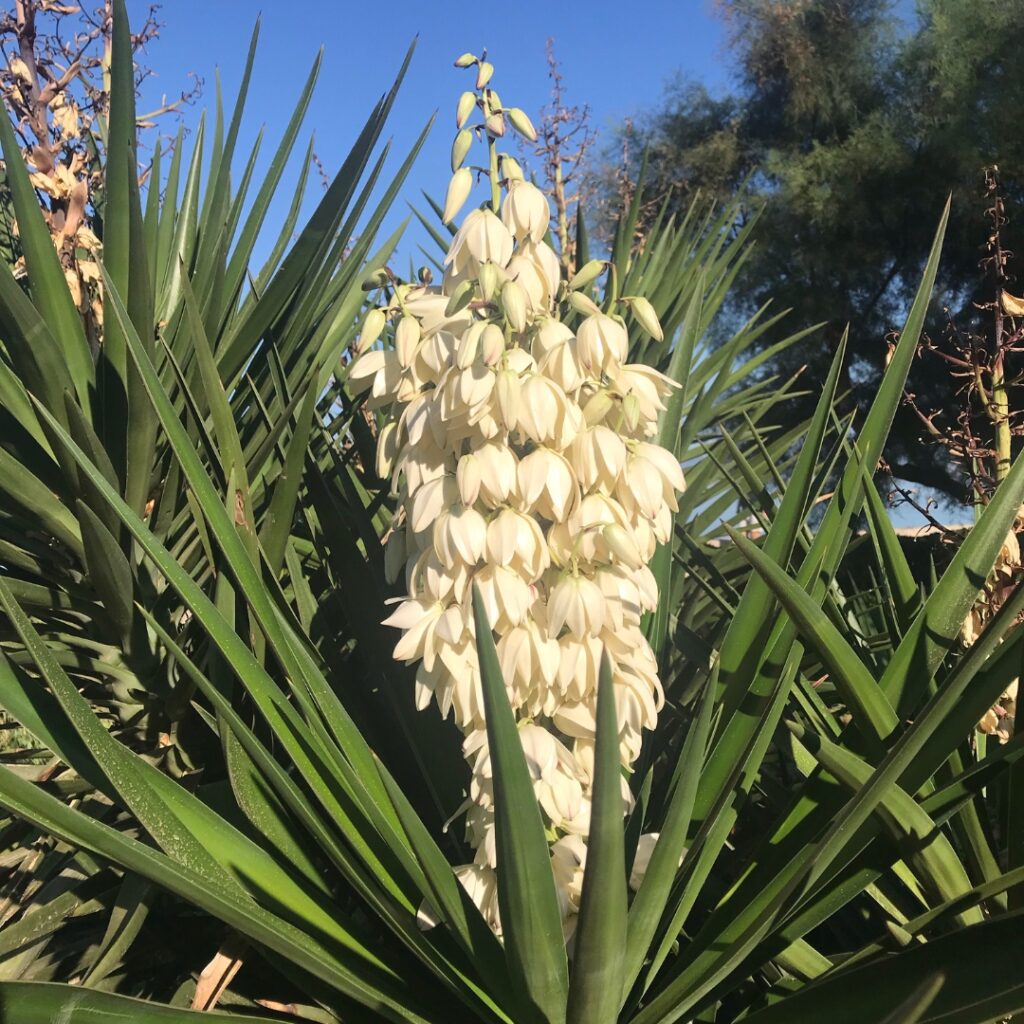
2. Create Shelter and Burrows
Texas tortoises need places to hide and burrow. You can create shelters and burrows by:
- Building mounds: Use soil and rocks to create mounds where tortoises can dig and burrow.
- Adding logs and rocks: Place logs and rocks strategically to provide hiding spots and basking areas.
3. Provide a Water Source
While Texas tortoises are adapted to arid environments, having a water source in your garden can be beneficial. Create a shallow water dish that is easy for tortoises to access but won’t pose a drowning risk.
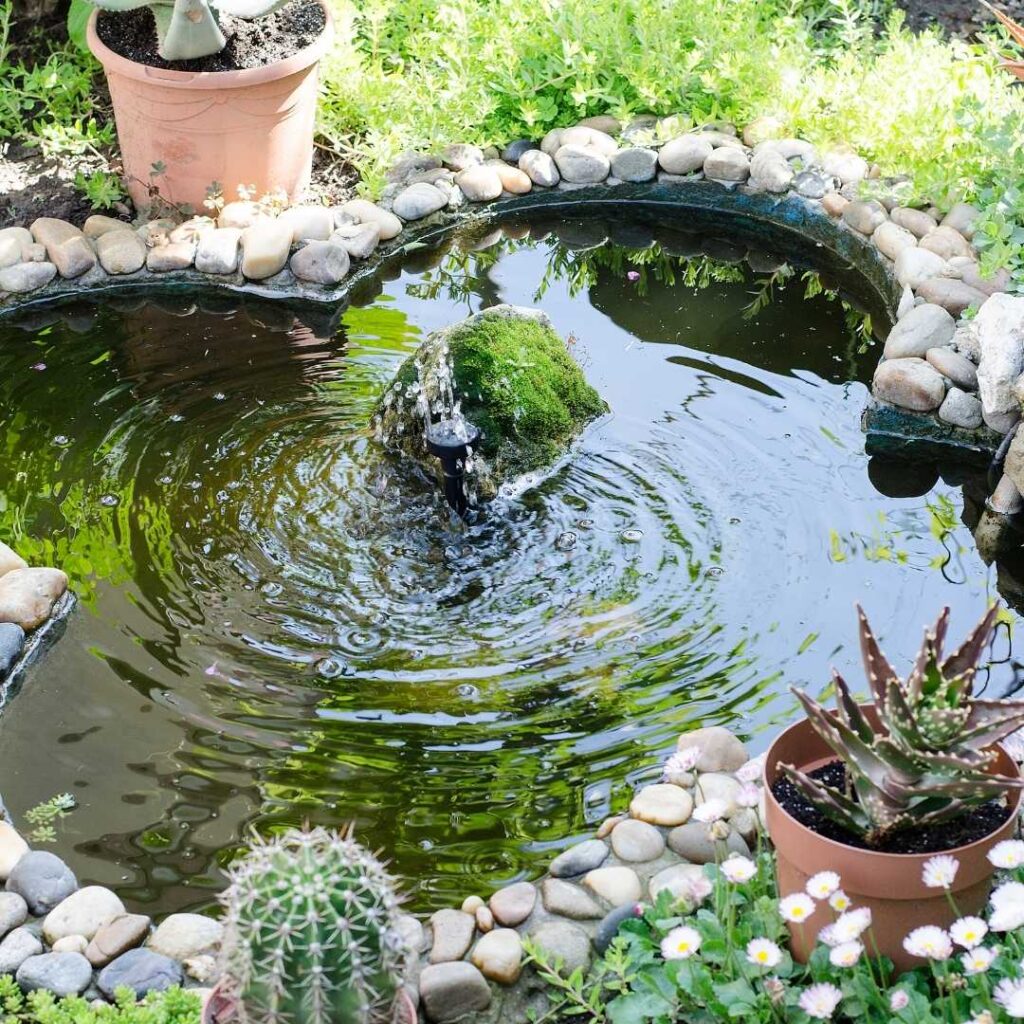
4. Ensure Safety
To keep your garden safe for tortoises:
- Avoid pesticides and chemicals: These can be harmful to tortoises and other wildlife.
- Secure the perimeter: Ensure your garden has a secure fence to keep predators out and tortoises in.
5. Monitor and Maintain
Regularly monitor your garden to ensure it remains a suitable habitat for tortoises. Remove any invasive species that may threaten the native plants and check the water source and shelters for cleanliness.
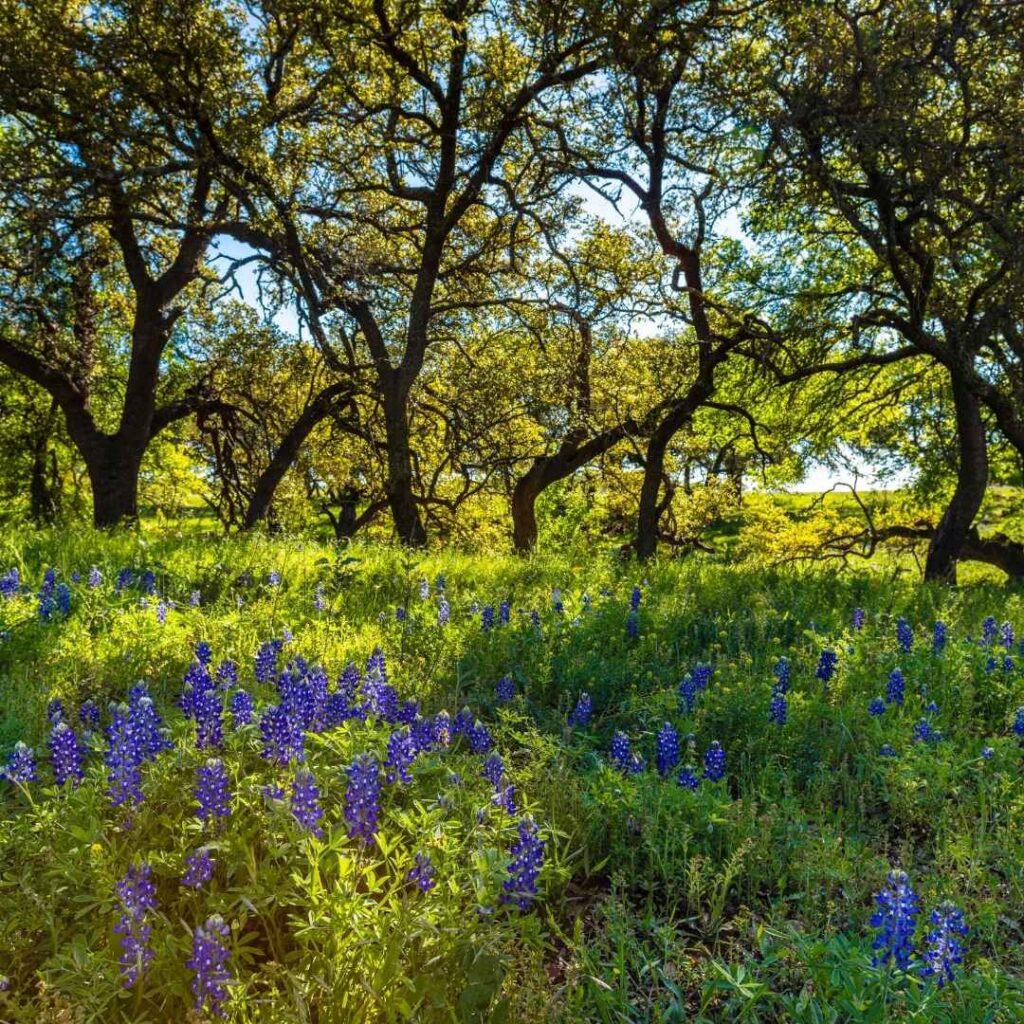
Dimensions and Climate
- Dimensions: A minimum of 100 square feet is recommended to provide ample space for the tortoises to roam, burrow, and find food.
- Climate: This garden design is suitable for warm, semi-arid climates, such as those found in the Rio Grande Valley. The native plants mentioned are adapted to withstand temperatures ranging from 40°F to 110°F, making them ideal for this region.
Benefits for Other Species
A tortoise-friendly garden can also benefit other tortoises and reptiles, such as:
- Desert tortoises (Gopherus agassizii)
- Box turtles (Terrapene spp.)
- Various lizards and small snakes
By creating a habitat that supports the needs of Texas tortoises, you also provide a suitable environment for these other species, promoting overall biodiversity.
Get Involved
If you’re passionate about creating a tortoise-friendly garden, consider joining the efforts of the Texas Tortoise Organization. Visit our Get Involved page to learn more about volunteer opportunities and how you can support our conservation initiatives.
A tortoise-friendly garden is a step towards a more sustainable and biodiverse future. By creating a safe haven for Texas tortoises, you are contributing to the preservation of a threatened species and enriching your local environment.
References:
- Texas Parks and Wildlife Department: Texas Tortoise
- University of Texas Rio Grande Valley: Conservation Efforts
- Texas Tortoise Organization: Get Involved
